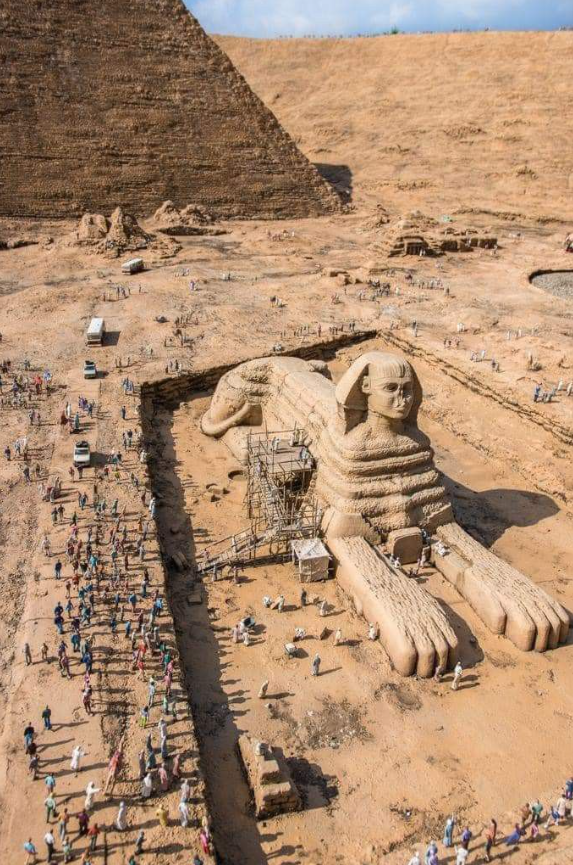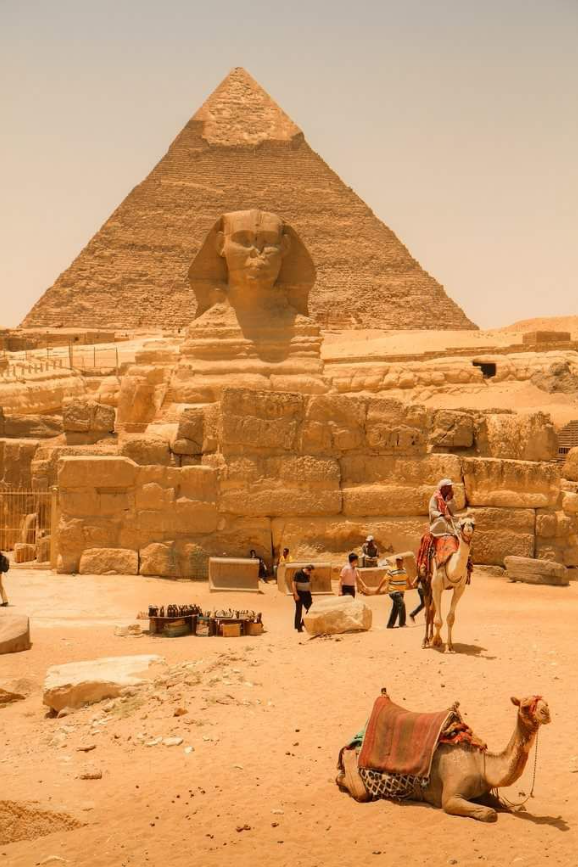The Sphinx remains one of history’s most fascinating symbols, enchanting both scholars and enthusiasts of mythology. Its cryptic form, coupled with the surrounding lore, continues to inspire curiosity, revealing a wealth of secrets associated with this iconic figure. This piece seeks to explore ancient narratives and traditions linked to the Sphinx, interpret its profound riddles, and uncover the enigmas behind its famous challenges.
An In-Depth Exploration of the Sphinx’s Mysteries
This legendary creature intertwines elements from both Greek and Egyptian mythology, appearing in ancient texts with varying meanings—ranging from a guardian of wisdom to a representation of life’s intricate dilemmas.
Cultural Significance and the Enduring Legacy of the Sphinx
The Sphinx’s origins reach back to the dawn of civilization, emerging in societies where myth and daily life were intricately intertwined. In ancient Egypt, it served as a vigilant guardian of revered sites, while in Greek tradition it appeared as a daunting figure that challenged travelers with obscure puzzles. Those unable to solve its riddles often met fatal consequences, underscoring its role as a relentless tester of wit and intelligence.
The enigma shrouding the Sphinx elevates it from a mere historical curiosity to a profound symbol of significant philosophical inquiries. The varied interpretations evident in ancient stories reflect the rich cultural contexts of their eras, shedding light on the worldviews held by ancient societies.
The Modern Relevance of Sphinx Legends
In today’s society, fascination with the Sphinx and its riddles remains undiminished. These age-old challenges continue to inspire authors, artists, scholars, and therapists, prompting deep reflections on wisdom, existence, and the human experience. Each generation finds new meanings within these timeless enigmas, infusing them with contemporary relevance and insights.
Ancient Narratives and Myths Concerning the Sphinx
Notable Tales from Greek Lore
Greek mythology is rich with narratives that spotlight the enigmatic Sphinx. Among these tales, one particularly famous story recounts how the Sphinx would confront unsuspecting travelers with a dangerous enigma. The iconic riddle—“What creature moves on four legs at dawn, two at midday, and three in the evening?”—has come to symbolize humanity’s perpetual quest to understand life itself. Those who failed to unravel its mystery often faced dire consequences, reinforcing the Sphinx’s role as a stringent arbiter of human wit and intelligence.
In Greek tales, the Sphinx often serves as a protector who tests human reasoning. Successfully deciphering the riddle signifies not just intelligence but also the capability to navigate the complexities of life. Consequently, the Sphinx’s puzzles symbolize a deeper journey into truth and understanding.
Understanding Egyptian Texts
In contrast to Greek interpretations, ancient Egyptian writings portray the Sphinx from a distinct angle. There, it is closely associated with divine power and functions as a protective figure set against the backdrop of temples and pyramids. Egyptian texts often illustrate the Sphinx as an icon of eternal knowledge, wisdom, and the relationship between the divine and the mortal realm.
Notably, ancient Egyptians leveraged the Sphinx to articulate profound truths concerning the cosmos, time, and the cyclical nature of existence. These inscriptions reflect a perpetual quest for enlightenment, accentuating the importance of uncovering the hidden mysteries present in nature.
The Riddles of the Sphinx: Three Timeless Queries
A particularly intriguing element of Sphinx mythology involves its famed riddles, sparking endless curiosity about the nature of its three primary challenges.
The First Riddle: Origins and Meaning
In Greek mythology, the inaugural riddle delves into the evolution of human existence. Its renowned inquiry—”Which being employs four limbs at dawn, two at midday, and three in the twilight?”—serves as a metaphor for mankind. The solution, “human,” encapsulates the progression from the crawling infant, through the upright adult, to the elderly who rely on a cane.
This riddle conveys a rich philosophical lesson, suggesting that every life chapter presents its unique trials and obligations. It also implies that wisdom accumulates over time, preparing individuals to confront new challenges ahead.
The Second Riddle: Symbolic Reflection
The second riddle, referenced in multiple tales, revolves around eternal themes related to existence. It often engages with concepts of time, fate, or life’s cyclical patterns. Certain interpretations imply a connection to celestial rhythms or the change of seasons, showcasing an ancient understanding of cosmic balance.
This riddle serves as a powerful reminder of the world’s ever-evolving state, encouraging contemplation on the intricate interconnections of existence.




